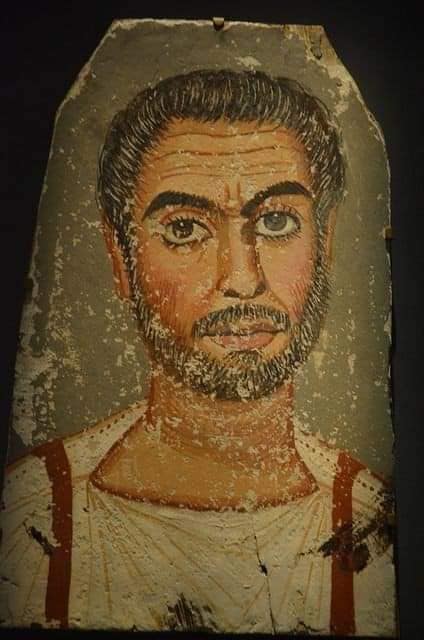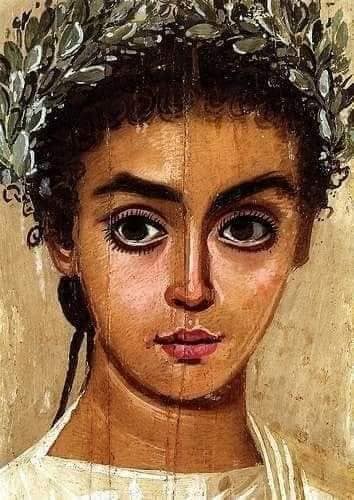Egyptian portrait painting, also known as Fayoum . portrait painting
Fayoum portrait painting, also known as Egyptian portrait painting, is a unique art form that emerged in Egypt during the Roman period. These portraits were painted on wooden panels or linen and were often used as funeral portraits. The majority of these portraits were found in the Faiyum region of Egypt, hence the name.
The Fayoum portrait painting is considered a blend of Greek and Egyptian art styles. The portraits typically depict the deceased or living people, including men, women, and children, often presented in a frontal view. The portraits were highly detailed, realistic, and had a remarkable likeness to the subject. These paintings are believed to have been produced by a select group of highly skilled artists who were trained in the Hellenistic style of portraiture.
The Fayoum portraits are of great archaeological and historical significance as they provide valuable insights into the lives and culture of the ancient Egyptians during the Roman period. The portraits were painted with encaustic or tempera, and they often showed the subjects wearing clothing and jewelry of the time, giving us a glimpse into the fashion and style of the period.
The Fayoum portraits were painted with great attention to detail, with a focus on the subject’s eyes, which were believed to be the windows to the soul. The eyes were often large and expressive, and they were painted with great care to capture the subject’s personality and character. The portraits were painted in a highly realistic manner, and they often included wrinkles, blemishes, and other imperfections that added to their realism.
These portraits were commissioned by people from all walks of life, from the wealthy and powerful to ordinary citizens. They were used as funeral portraits and were placed in the tombs of the deceased to commemorate their lives. The Fayoum portraits were often painted before the subject’s death, and they were used as a visual reminder of the deceased and their achievements.
The Fayoum portraits have survived for thousands of years, thanks to the dry desert climate of Egypt, which has helped to preserve them. These portraits are an important part of Egypt’s cultural heritage and have been studied by archaeologists and art historians for decades. They provide a unique insight into the lives of the ancient Egyptians and their artistic traditions.
the Fayoum portrait painting is a unique art form that emerged in Egypt during the Roman period. These portraits are highly realistic and provide valuable insights into the lives and culture of the ancient Egyptians during this time. They were used as funeral portraits and were placed in the tombs of the deceased to commemorate their lives. The Fayoum portraits are an important part of Egypt’s cultural heritage and continue to fascinate and inspire people from all over the world.
Hits: 0






